Diagnostics on cars: how to do a complete check of your vehicle
Checking your vehicle is an important practice to ensure that your car is always in top condition. Car diagnostics is an activity that allows you to check the proper functioning of all parts of the car, from the fuel system to the brake system to the safety system.
- Ballonstrasse 20, 8952 Schlieren
- Mon-Fri: 07:30/18:00
- Saturday: 09.00 - 12.00
- +41 44 730 77 44
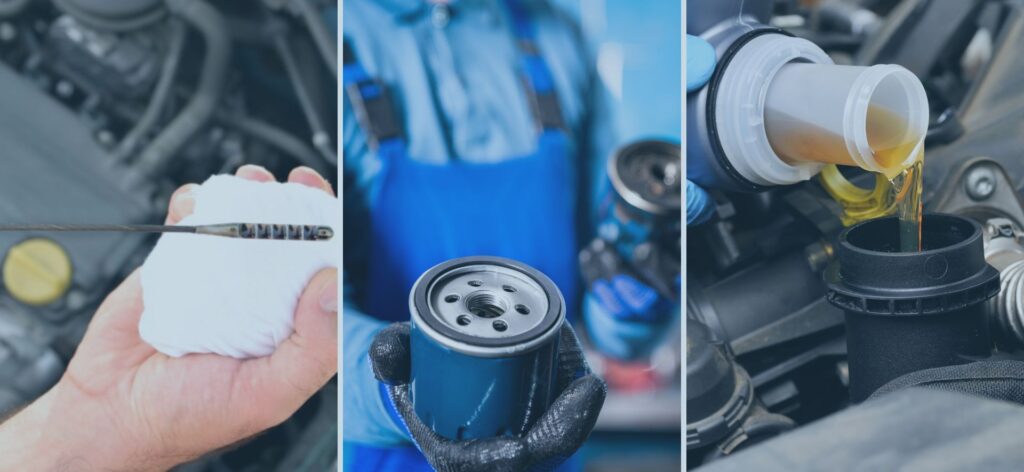
The fuel system is a fundamental part of the vehicle, and its inspection is important to ensure that the car functions properly. This system consists of various elements, including the fuel tank, fuel pump, fuel filter, fuel hoses, injectors, and ECU. A proper check of this section of the car allows you to detect any problems or anomalies.
The exhaust system is the element that is responsible for disposing of the exhaust gases produced by the engine. This part of the car consists of various components, including the exhaust manifold, catalytic converter, muffler and exhaust pipe. A thorough check of this section of the car allows you to identify any defects or problems that may affect the proper functioning of the vehicle.
The brake system is critical to the safety of the car, and its inspection is essential to detect any defects or faults. The brake system consists of various elements, including brake pads, brake discs, brake calipers, and brake fluid. A proper check of this section of the car allows you to detect any problems or anomalies.
- Check brake pressure
- Check brake pad wear and tear
- Check brake fluid level
The air conditioning system is an important part of the car, especially in hot weather. This system consists of several elements, including the compressor, condenser, evaporator, and air filter. A proper check of this section of the car allows you to detect any problems or anomalies.
The car lighting system is important for the safety of the driver and other road users. This system consists of various elements, including the front and rear headlights, sidelights, brake lights, and directional arrows. A proper check of this section of the car allows you to detect any problems or anomalies.
- Check the operation of all lights
- Check the adjustment of the headlights
- Check bulb wear and tear
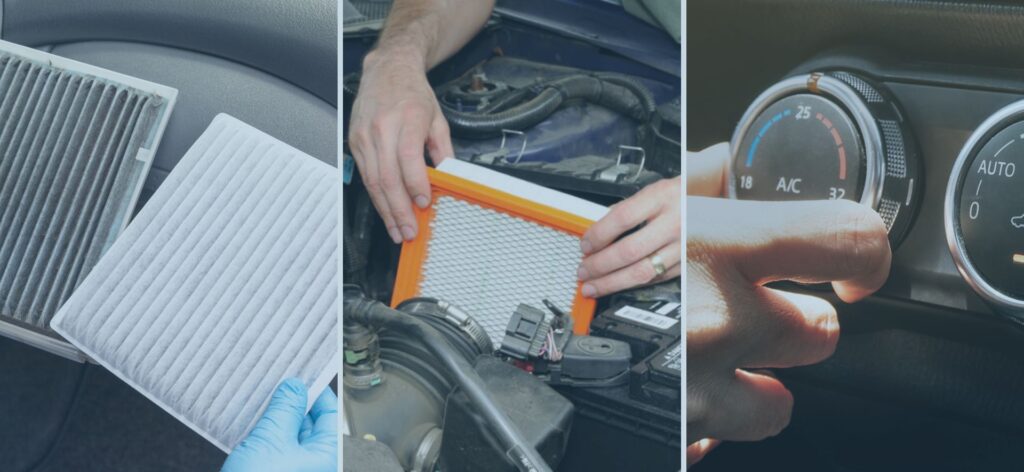
A car’s transmission system transmits engine power to the wheels and enables gear changes. Periodic inspection of the transmission system is essential to avoid malfunctions and ensure smooth and efficient driving.
During the check of the transmission system, the level and quality of the transmission oil, the operation of the clutch and the transmission itself will be checked. If there are problems, the mechanic may suggest changing the transmission oil or repairing the clutch or transmission itself.
A car’s suspension system is responsible for the ride comfort and stability of the car on the roads. A periodic check of the suspension system is essential to avoid malfunctions and ensure safe and efficient driving.
During the suspension system check, the shock absorbers, springs, bushings, bearings, swing arms and joints will be checked. If problems occur, the mechanic may suggest replacing one or more parts of the suspension system.
Disc brake systems are popular on modern cars because they provide greater efficiency and durability than drum brakes. A periodic check of the disc brake system is essential to avoid malfunctions and ensure safe and efficient braking.
During the check of the disc brake system, the discs, pads, calipers and brake fluid lines will be checked. If there are problems, the mechanic might suggest replacing the pads or discs or repairing the calipers or hoses.
Checking the clutch system is an important operation for the proper operation of the vehicle. Proper maintenance of the clutch system can prevent sudden failure and extend the life of the component. By checking the clutch system, any problems can be identified and damaged components can be replaced, thus ensuring greater vehicle efficiency and improved safety for the driver and passengers.
The car’s suspension system is critical for a safe and comfortable ride. The suspension system should be checked regularly, at least once a year, for damaged or worn parts. If the suspension system is defective, the car may have difficulty in road holding, making driving dangerous.
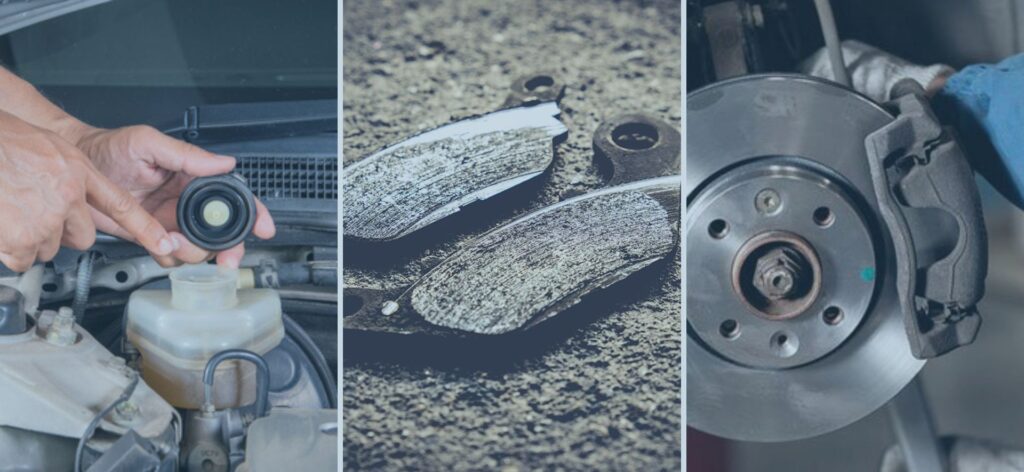
The exhaust system is a key component of the car that removes exhaust gases produced by the engine. If the exhaust system is not working properly, the car may consume more fuel than necessary or produce harmful emissions. The exhaust system should be checked regularly and replaced if necessary.
Coolant is an essential component in maintaining engine temperature at a safe level. Coolant should be replaced regularly, usually every 2-3 years, to prevent engine overheating problems.
Tire pressure is another important aspect of routine car maintenance. Overinflated or underinflated tires can cause road holding problems, consume more fuel than necessary, and reduce tire life. Tire pressure should be checked regularly, at least once a month, and maintained at the level recommended by the car manufacturer.
Wheel alignment and balancing are other important aspects of routine car maintenance. Misaligned or unbalanced wheels can cause road holding problems and reduce tire life. Wheel alignment and balancing should be done regularly, usually every 10,000 km or when abnormal vibrations or noises occur while driving.
The air conditioning filter is one of the important components of the car’s heating and air conditioning system. The filter helps remove dirt, dust and pollen from the air entering the car through the ventilation system. A dirty air conditioner filter can cause bad odors and reduce the capacity of the heating and air conditioning system. Check the air conditioning filter every six months and replace it if necessary.
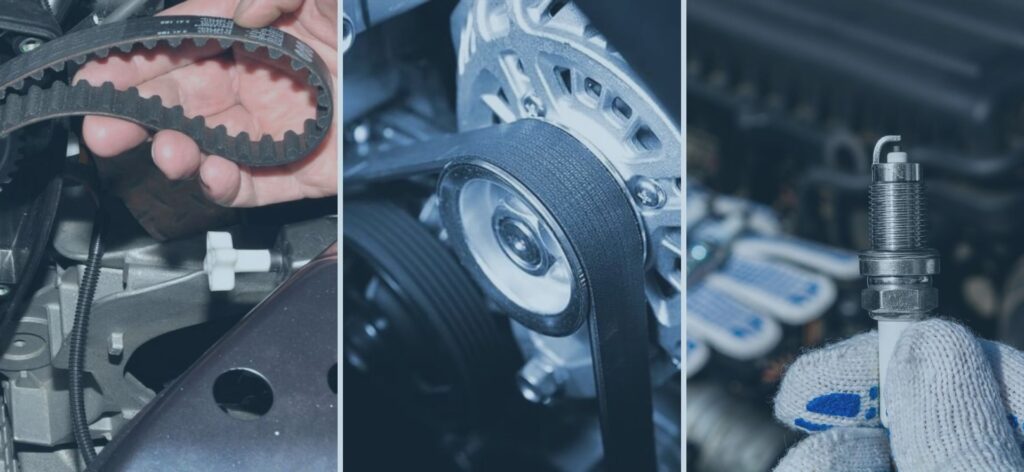
The car lighting system is important for safety on the road. Front and rear headlights, high beam headlights and sidelights should be checked regularly and replaced if necessary. Remember that burned out lights can cause fines and accidents.
The heating and air conditioning system is important for comfort while driving. Check the operation of the air conditioner, air conditioning, and heating system regularly. Also, change the air conditioning filters every six months to ensure that the air inside the car is clean.
Windshield wipers are critical for visibility while driving in rain or snow. Check the wipers regularly and replace them if the blades are broken or worn. Also, make sure the wiper blades are well adhered to the windshield to avoid streaking and visibility problems.
Brake pads are a critical part of the car’s braking system and are responsible for stopping the vehicle when necessary. Check the thickness of brake pads regularly and replace them if necessary. Also, check the brake discs for smoothness and no signs of wear. Remember that worn brake pads can cause braking problems and reduce safety on the road.
Particulate filter (DPF) regeneration can be done through proper driving of the car, avoiding too many short trips, and using high-quality diesel. If there is a problem, it is necessary to take the car to the workshop for a DPF cleaning or replacement.
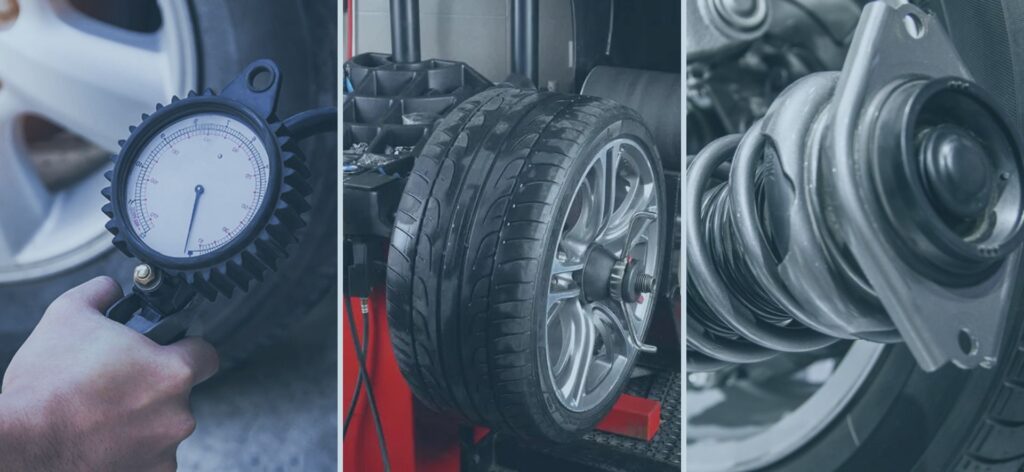
Power system control
The fuel system is a fundamental part of the vehicle, and its inspection is important to ensure that the car functions properly. This system consists of various elements, including the fuel tank, fuel pump, fuel filter, fuel hoses, injectors, and ECU. A proper check of this section of the car allows you to detect any problems or anomalies.
Checking the gasoline fuel system
The exhaust system is the element that is responsible for disposing of the exhaust gases produced by the engine. This part of the car consists of various components, including the exhaust manifold, catalytic converter, muffler and exhaust pipe. A thorough check of this section of the car allows you to identify any defects or problems that may affect the proper functioning of the vehicle.
Checking the brake system
The brake system is critical to the safety of the car, and its inspection is essential to detect any defects or faults. The brake system consists of various elements, including brake pads, brake discs, brake calipers, and brake fluid. A proper check of this section of the car allows you to detect any problems or anomalies.
- Check brake pressure
- Check brake pad wear and tear
- Check brake fluid level
Verifica dell'impianto di climatizzazione
The air conditioning system is an important part of the car, especially in hot weather. This system consists of several elements, including the compressor, condenser, evaporator, and air filter. A proper check of this section of the car allows you to detect any problems or anomalies.
Verification of the lighting system
The car lighting system is important for the safety of the driver and other road users. This system consists of various elements, including the front and rear headlights, sidelights, brake lights, and directional arrows. A proper check of this section of the car allows you to detect any problems or anomalies.
- Check the operation of all lights
- Check the adjustment of the headlights
- Check bulb wear and tear
Verification of the transmission system
A car’s transmission system transmits engine power to the wheels and enables gear changes. Periodic inspection of the transmission system is essential to avoid malfunctions and ensure smooth and efficient driving.
During the check of the transmission system, the level and quality of the transmission oil, the operation of the clutch and the transmission itself will be checked. If there are problems, the mechanic may suggest changing the transmission oil or repairing the clutch or transmission itself.
Verification of the suspension system
A car’s suspension system is responsible for the ride comfort and stability of the car on the roads. A periodic check of the suspension system is essential to avoid operating problems and ensure safe and efficient driving.
During the suspension system check, the shock absorbers, springs, bushings, bearings, swing arms and joints will be checked. If problems occur, the mechanic may suggest replacing one or more parts of the suspension system.
Checking the disc brake system
Disc brake systems are popular on modern cars because they provide greater efficiency and durability than drum brakes. A periodic check of the disc brake system is essential to avoid malfunctions and ensure safe and efficient braking.
During the check of the disc brake system, the discs, pads, calipers and brake fluid lines will be checked. If there are problems, the mechanic might suggest replacing the pads or discs or repairing the calipers or hoses.
Checking the clutch system
Checking the clutch system is an important operation for the proper operation of the vehicle. Proper maintenance of the clutch system can prevent sudden failure and extend the life of the component. By checking the clutch system, any problems can be identified and damaged components can be replaced, thus ensuring greater vehicle efficiency and improved safety for the driver and passengers.
Control of the suspension system
The car’s suspension system is critical for safe and comfortable driving. The suspension system should be checked regularly, at least once a year, for damaged or worn parts. If the suspension system is defective, the car may have difficulty in road holding, making driving dangerous.
Replacement of exhaust system
The exhaust system is a key component of the car that removes exhaust gases produced by the engine. If the exhaust system is not working properly, the car may consume more fuel than necessary or produce harmful emissions. The exhaust system should be checked regularly and replaced if necessary.
Changing the coolant
Coolant is an essential component in maintaining engine temperature at a safe level. Coolant should be replaced regularly, usually every 2-3 years, to prevent engine overheating problems.
Checking tire pressure
Tire pressure is another important aspect of routine car maintenance. Overinflated or underinflated tires can cause road holding problems, consume more fuel than necessary, and reduce tire life. Tire pressure should be checked regularly, at least once a month, and maintained at the level recommended by the car manufacturer.
Wheel alignment and balancing
Wheel alignment and balancing are other important aspects of routine car maintenance. Misaligned or unbalanced wheels can cause road holding problems and reduce tire life. Wheel alignment and balancing should be done regularly, usually every 10,000 km or when abnormal vibrations or noises occur while driving.
Replacing air conditioner filters
The air conditioning filter is one of the important components of the car’s heating and air conditioning system. The filter helps remove dirt, dust and pollen from the air entering the car through the ventilation system. A dirty air conditioner filter can cause bad odors and reduce the capacity of the heating and air conditioning system. Check the air conditioning filter every six months and replace it if necessary.
Lighting system control
The car lighting system is important for safety on the road. Front and rear headlights, high beam headlights and sidelights should be checked regularly and replaced if necessary. Remember that burned out lights can cause fines and accidents.
Heating and air conditioning system control
The heating and air conditioning system is important for comfort while driving. Check the operation of the air conditioner, air conditioning, and heating system regularly. Also, change the air conditioning filters every six months to ensure that the air inside the car is clean.
Replacement of windshield wipers
Windshield wipers are critical for visibility while driving in rain or snow. Check the wipers regularly and replace them if the blades are broken or worn. Also, make sure the wiper blades are well adhered to the windshield to avoid streaking and visibility problems.
Replacement of brake pads
Brake pads are a critical part of the car’s braking system and are responsible for stopping the vehicle when necessary. Check the thickness of brake pads regularly and replace them if necessary. Also, check the brake discs for smoothness and no signs of wear. Remember that worn brake pads can cause braking problems and reduce safety on the road.
Particulate filter regeneration
Particulate filter (DPF) regeneration can be accomplished through proper driving of the car, avoiding too many short trips, and using high-quality diesel fuel. If there is a problem, it is necessary to take the car to the workshop for a DPF cleaning or replacement.
Routine car maintenance is a key aspect of ensuring the proper functioning of the vehicle and avoiding costly breakdowns. Remember to periodically perform all the maintenance tasks described, especially oil change, check filters, replace spark plugs and replace brakes, suspension system, replace exhaust system and coolant, align and balance wheels, and replace spark plugs, timing belt, brake pads and discs, and pollen filter to ensure the safety and reliability of your car,
With these simple operations, you will be able to prolong the life of your car and enjoy a safe and comfortable driving experience.
